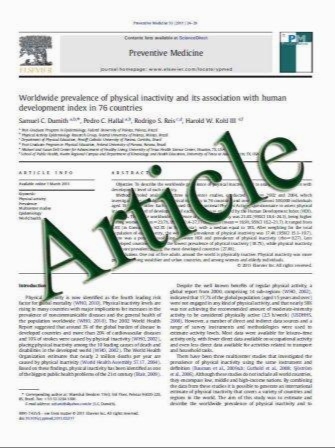Analysis on the distinguishing features of traditional Chinese therapeutics and related statistical issues
- نوع فایل : کتاب
- زبان : انگلیسی
- مؤلف : Jingqing Hu1, Jie Qiao1, Deying Kang2, Baoyan Liu 3
- چاپ و سال / کشور: 2011
Description
Traditional Chinese medicine (TCM) is one of the rarely existing ancient traditional medicines that hold systematic theories as well as preventative and therapeutic methods for diseases in practice. From the 1950s, such research methods as mathematics, statistics, and data mining (DM) have been gradually introduced to TCM studies, making it more scientific. Meanwhile, the distinct features of TCM theories and diagnostic-model have constantly challenged the methodology of statistics. This paper introduces the following scientific features of traditional Chinese therapeutics: 1) its goal is to balance the functions and conditions of human body; 2) it emphasizes on holism and individualization; 3) it stresses the longitudinal regulation and evaluation mode, which is a circle of syndrome diagnosis, treatment and evaluation; 4) the interventions of TCM are abundant, compound and natural; and 5) humanistic thought is everywhere. Some statistical problems are raised based on these features. First, complex statistical methods that can analyze subjective indexes and latent variables, multidimensional and multistage data, non-equilibrium designed studies, and longitudinal data are required. Second, comprehensive evaluation on multiple-target mechanism has been brought in by combination treatment. Third, there is a need to analyze how humanity and related cultural factors may influence the effect of interventions. Thus, promoting implemented studies of statistics as well as carrying out the TCM scientific propositions have become the common expectations of both TCM and modern medicine
Front. Med. 2011, 5(2): 203–207 DOI 10.1007/s11684-011-0138-6 Higher Education Press and Springer-Verlag Berlin Heidelberg 2011


